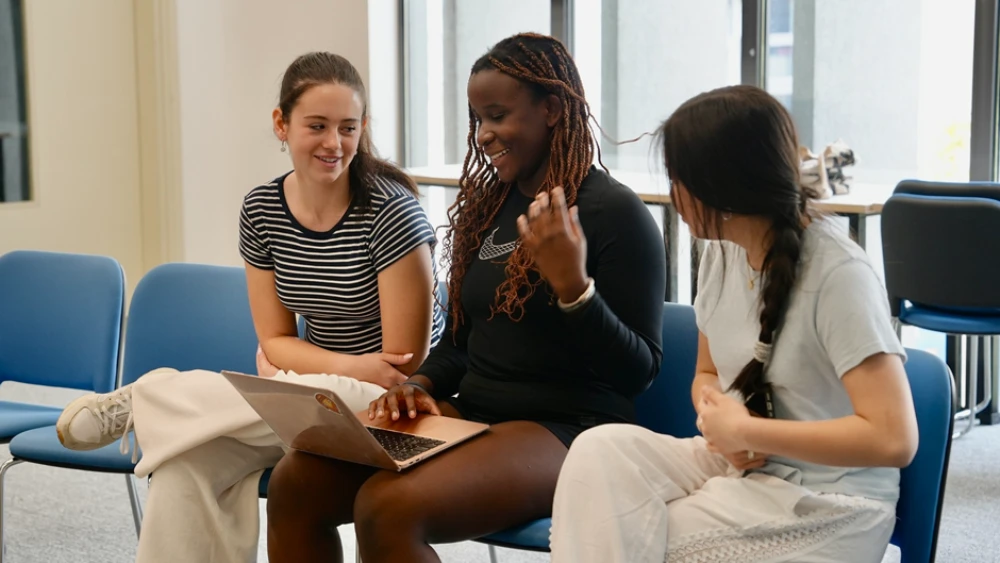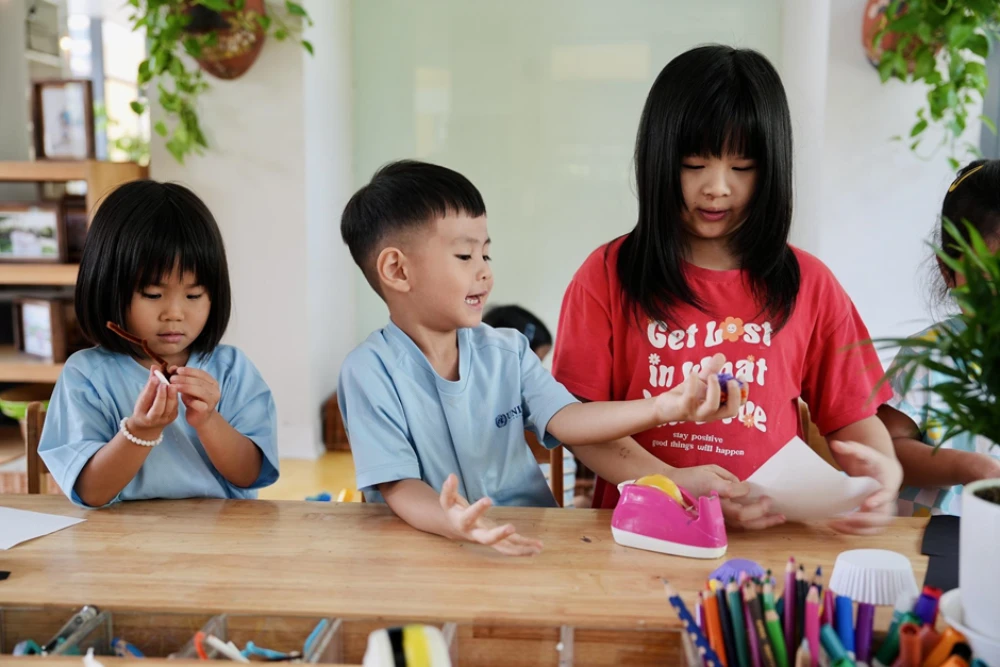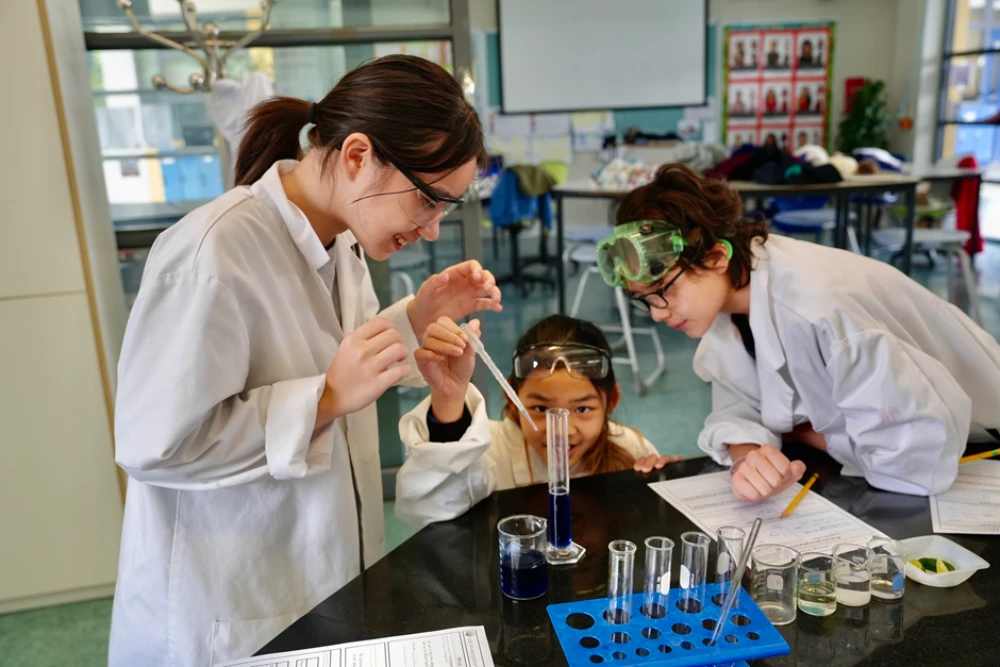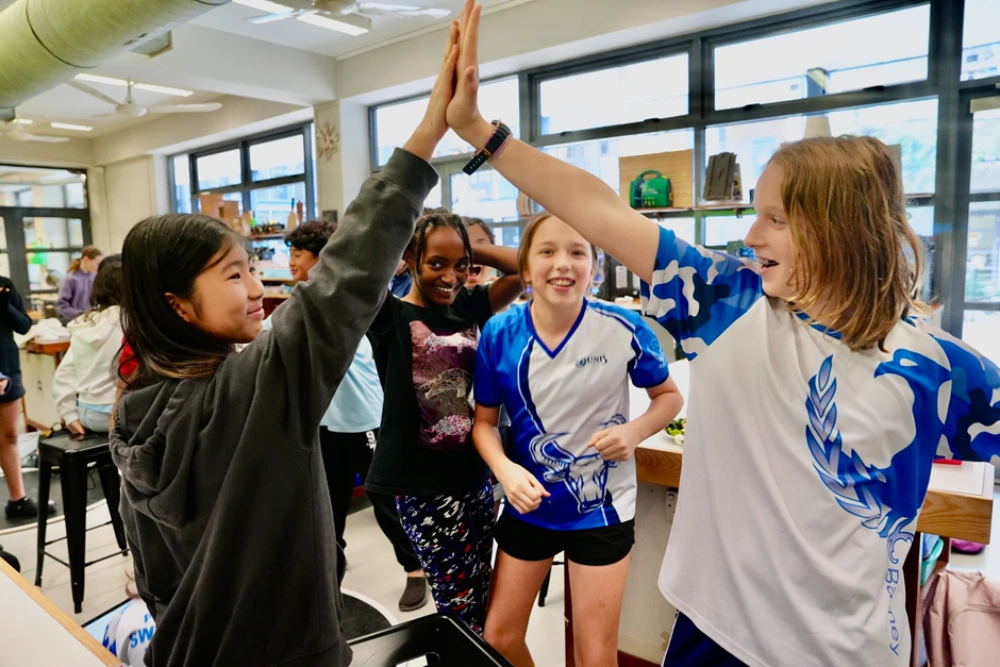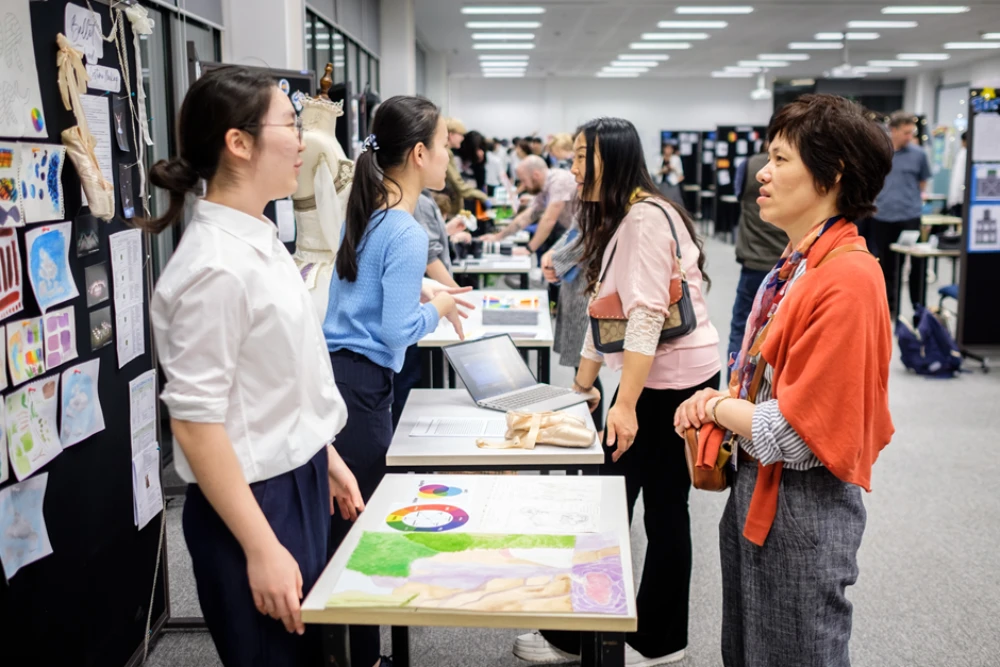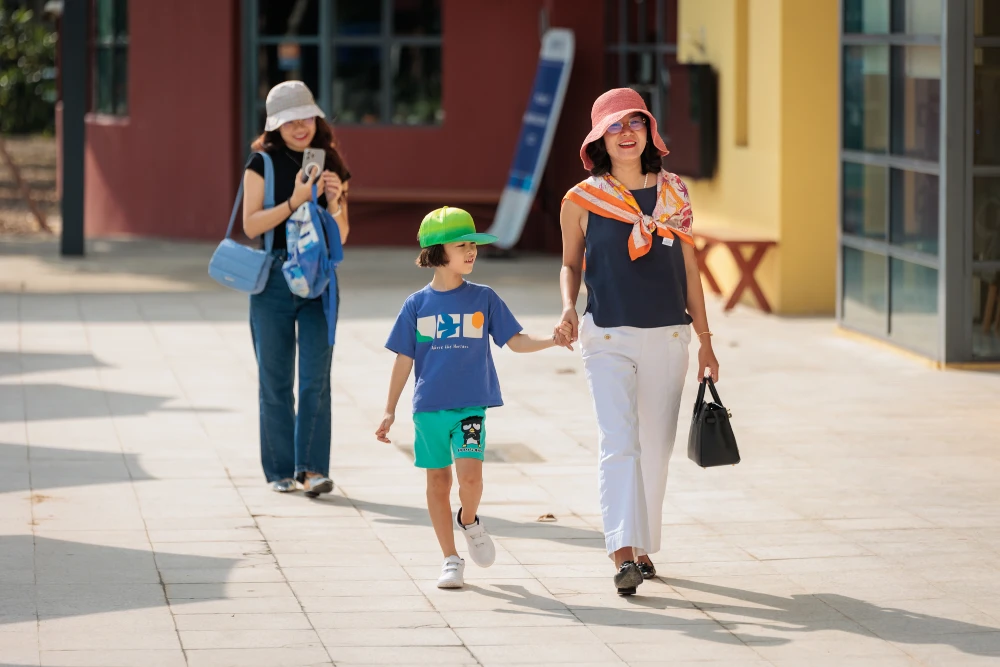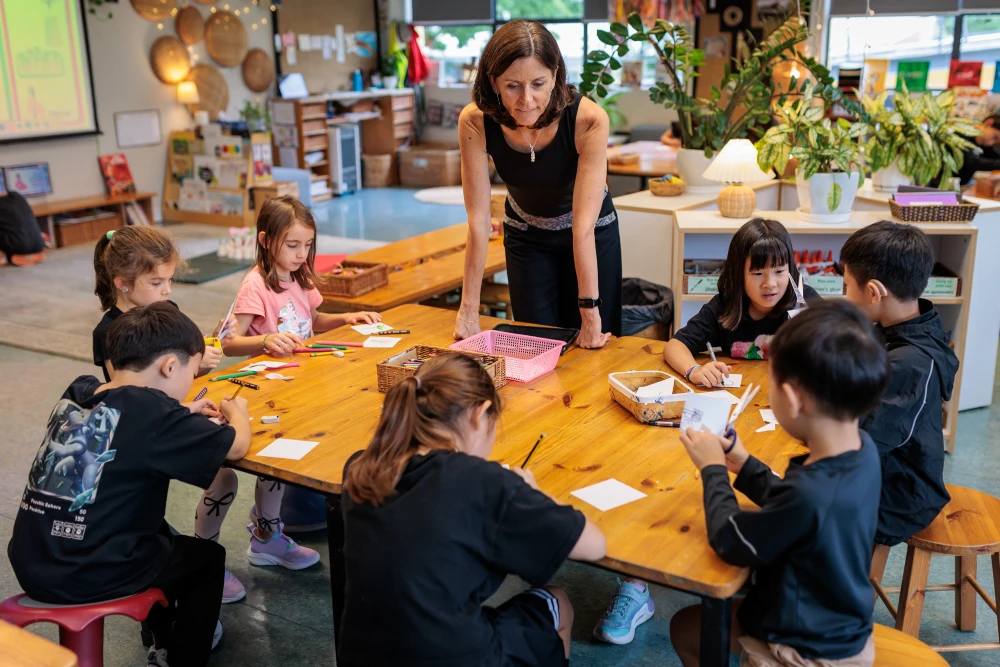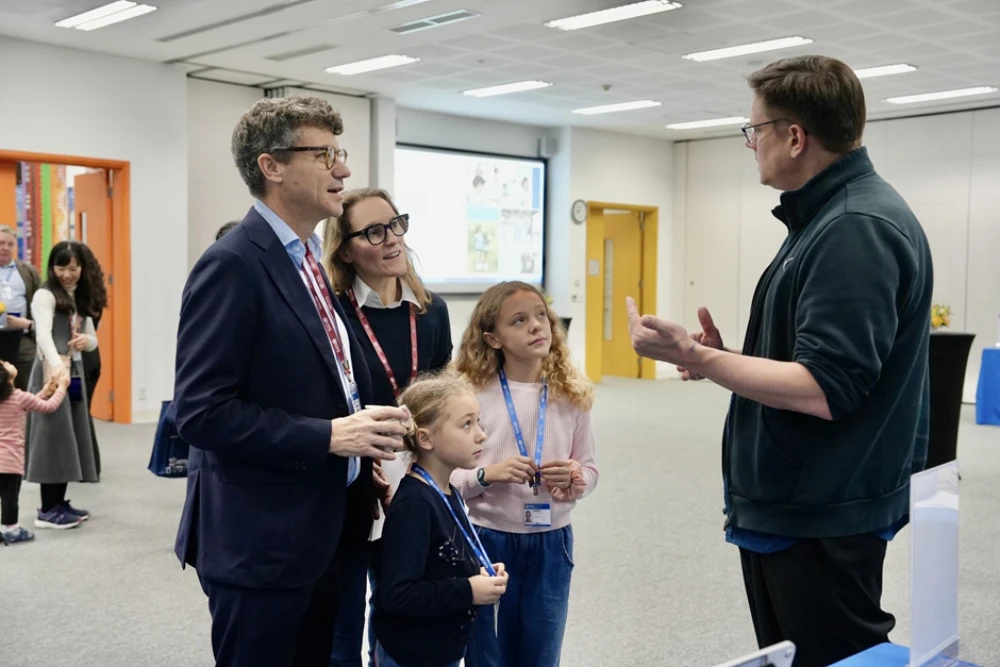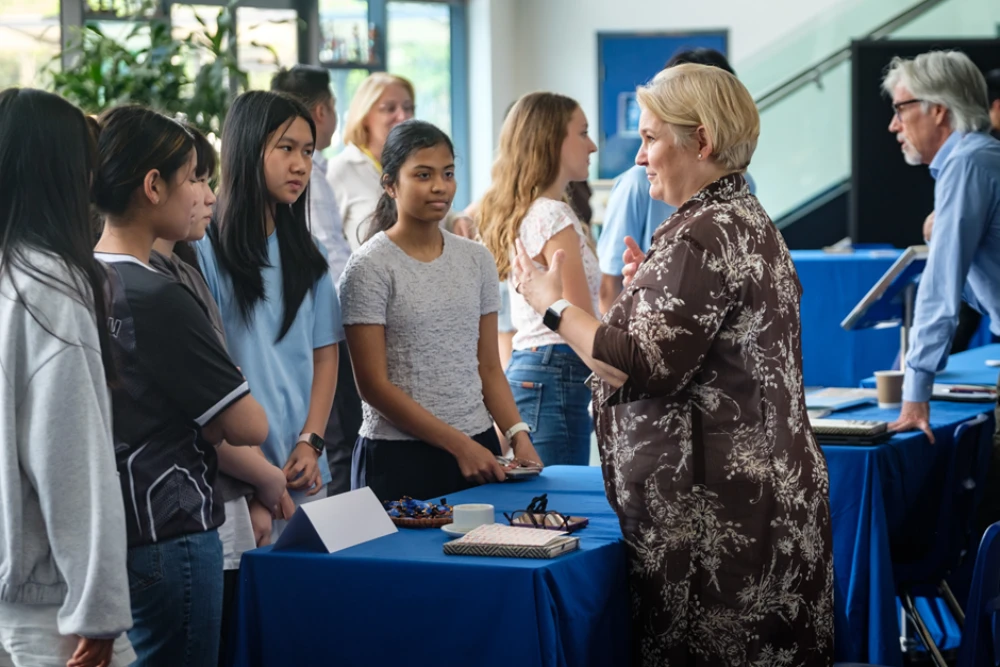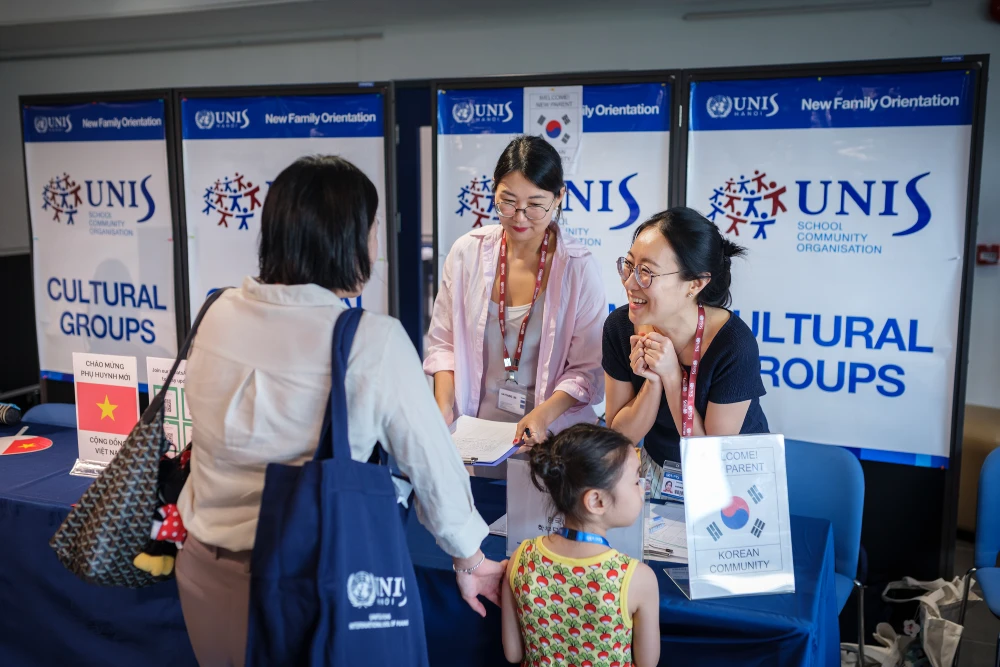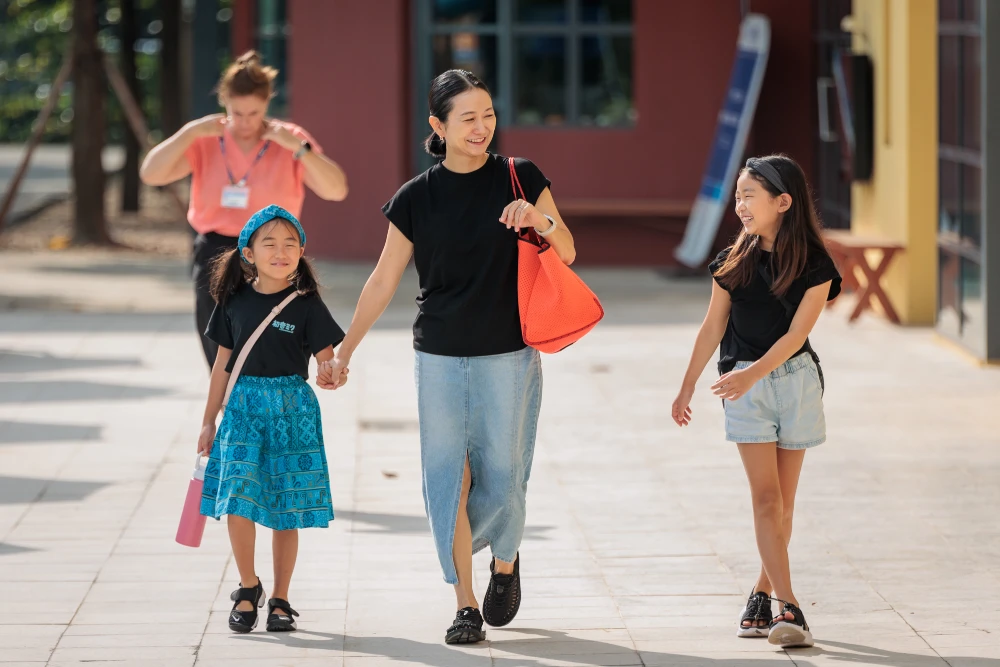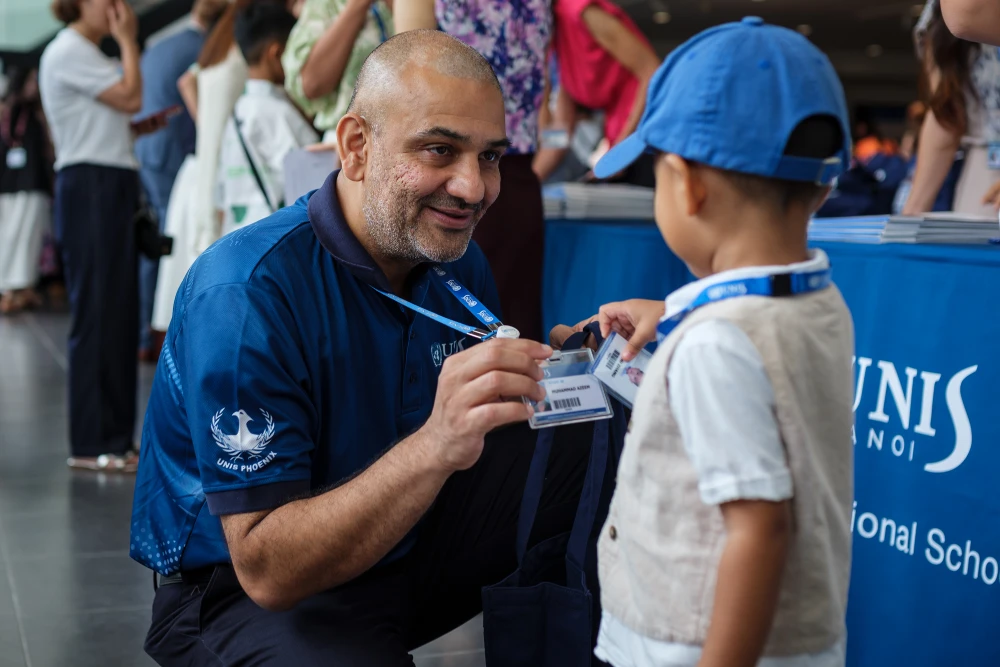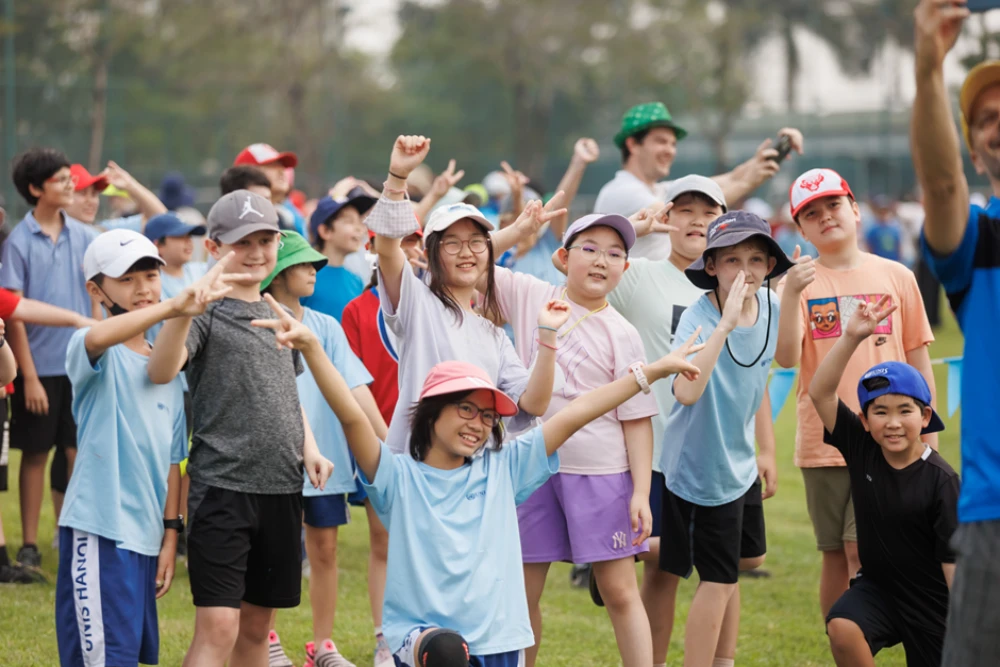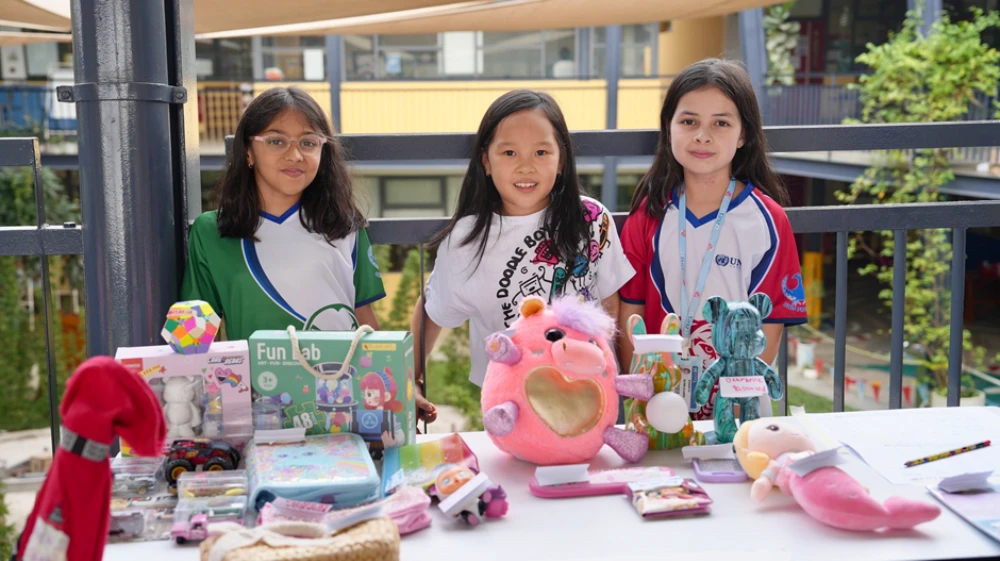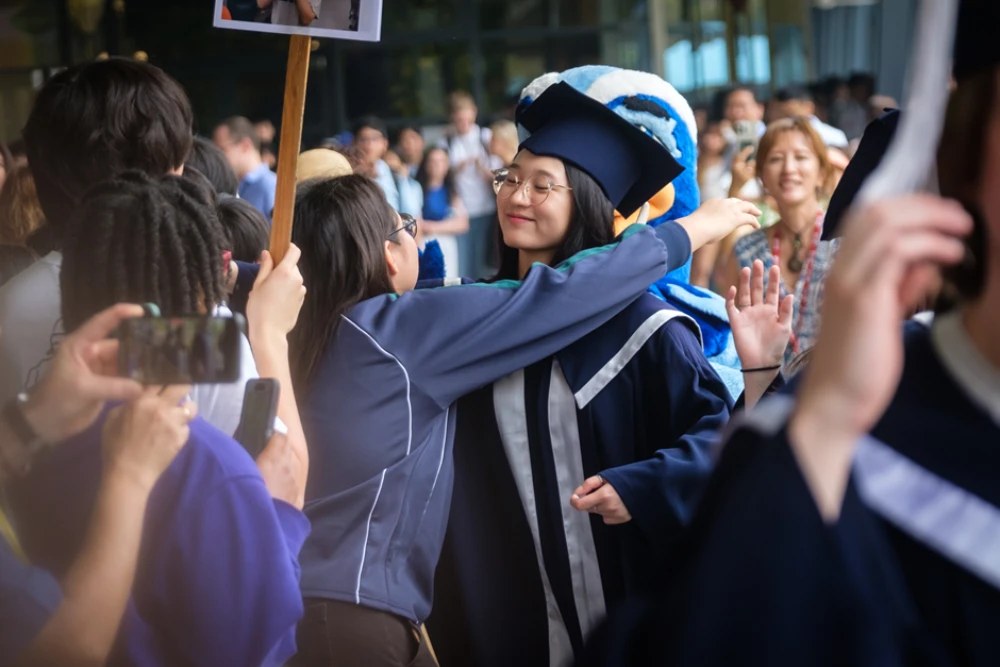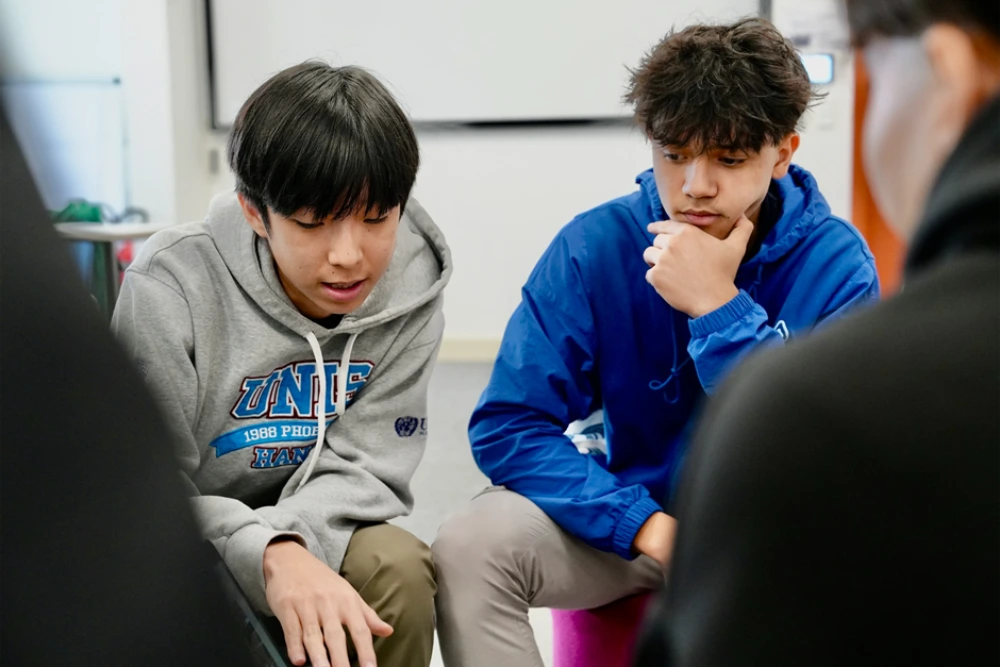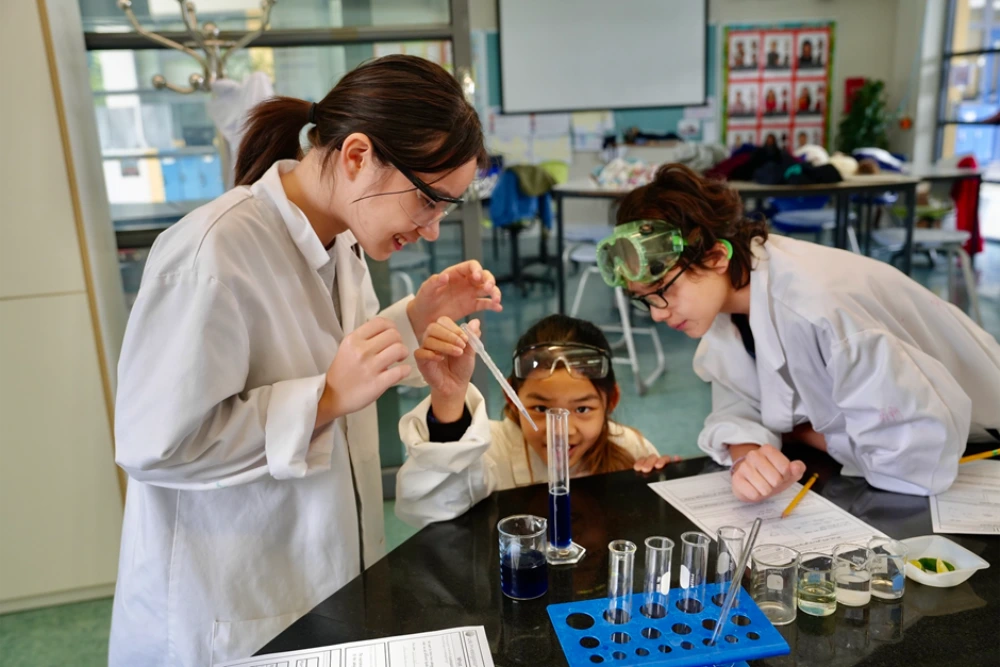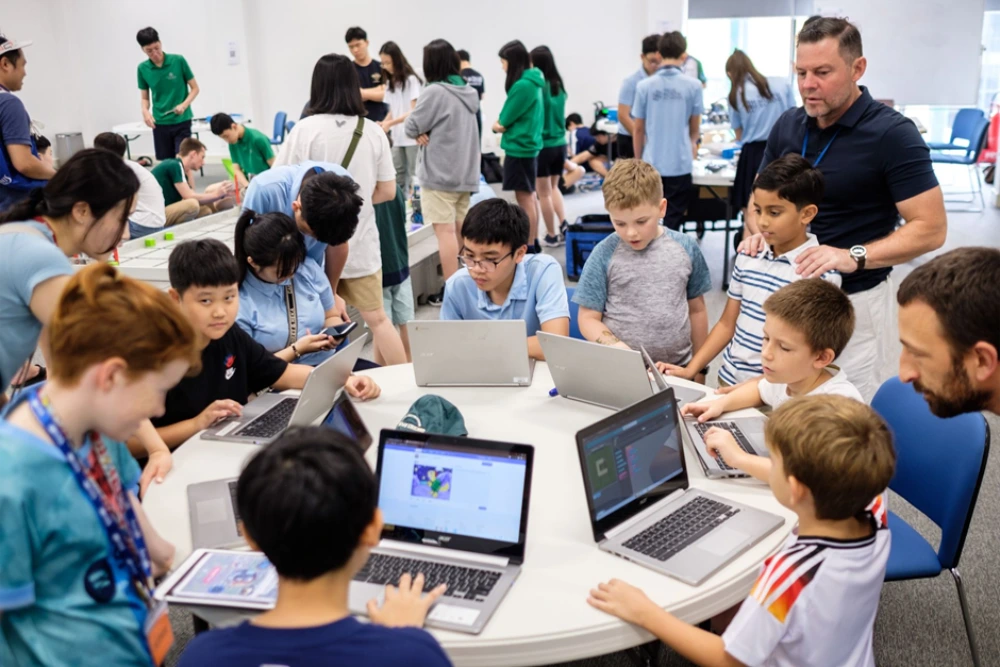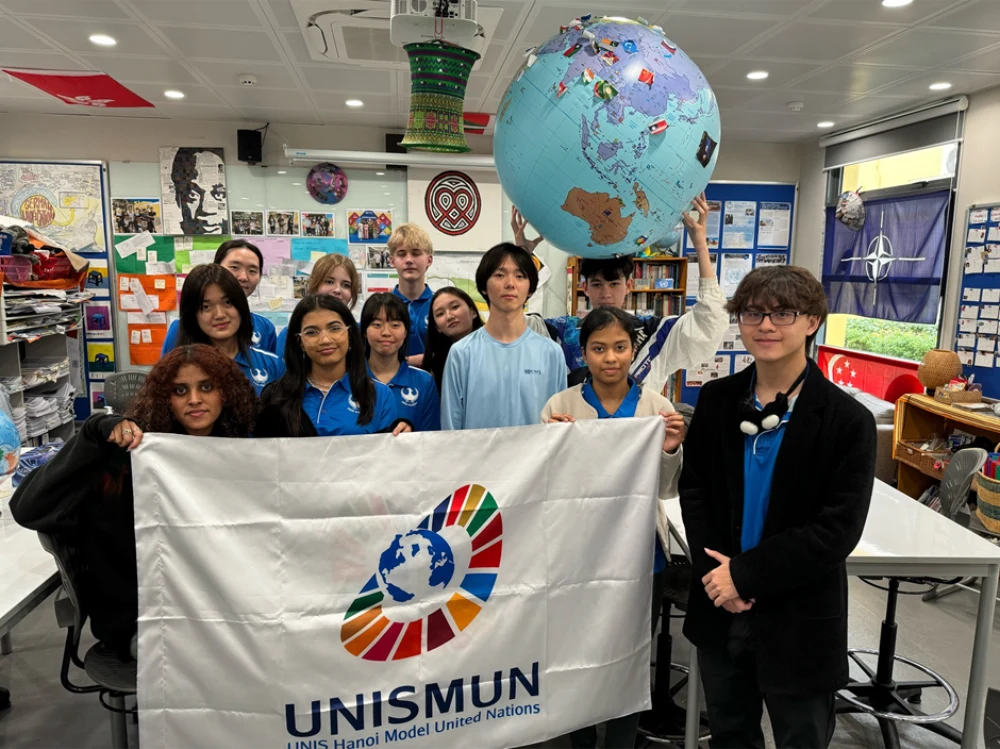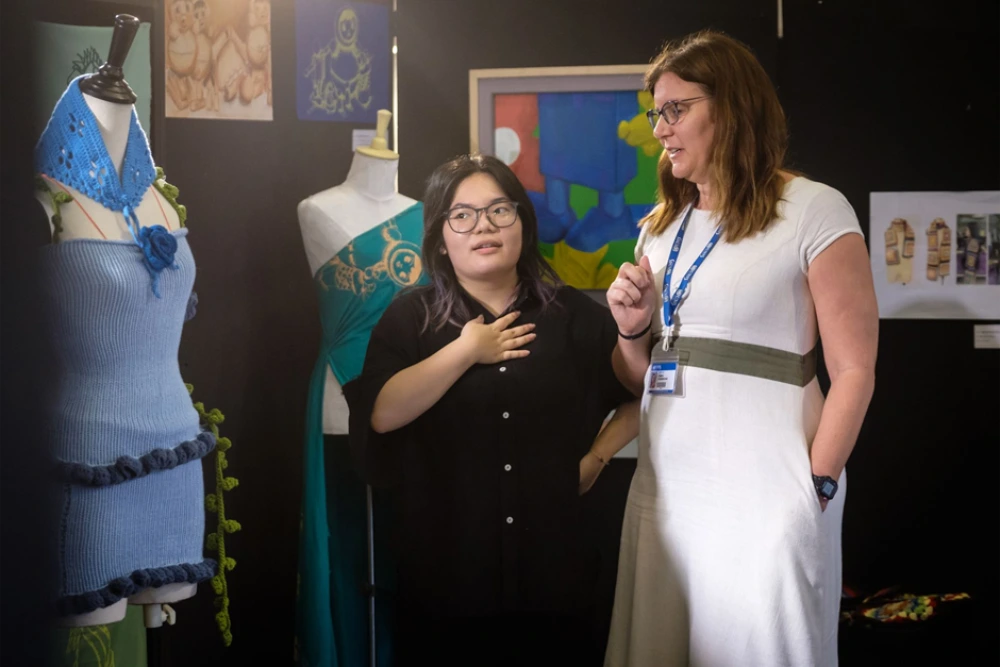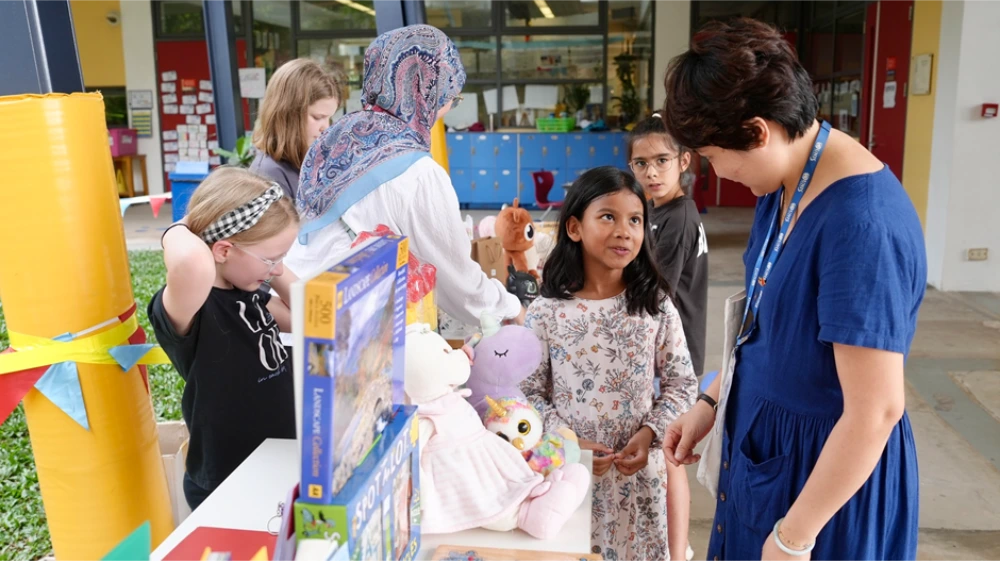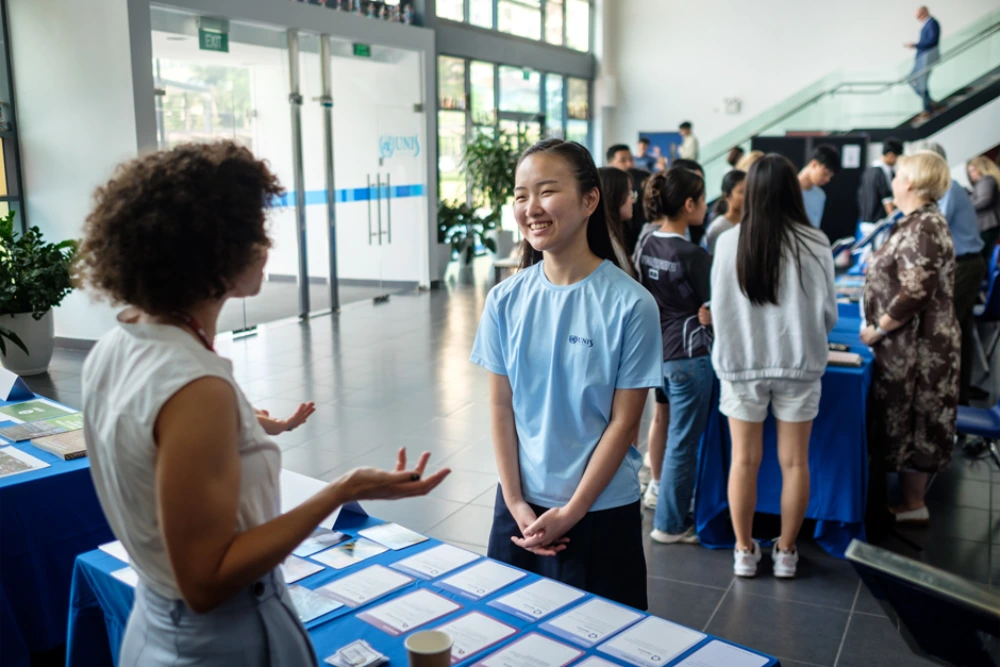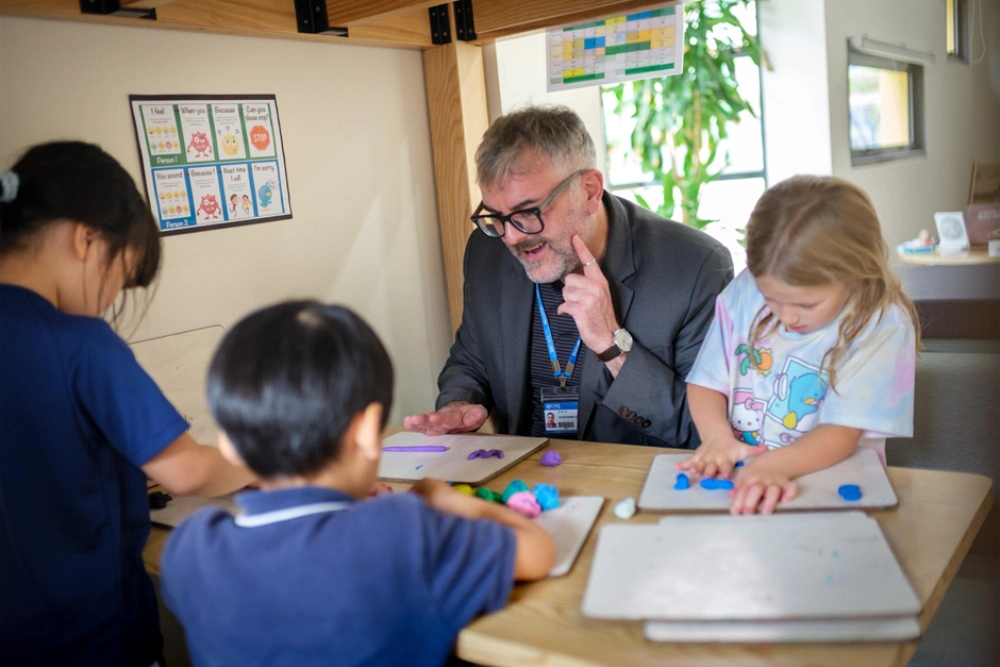UNIS Hanoi: Leading the Way in Multicultural Environmental Education
In a globalised and climate-aware world, multicultural environmental education is essential for equipping young people with the knowledge and values needed for sustainable futures.
At UNIS Hanoi, our school identity and diverse community shape how we nurture globally minded learners. This article explores the meaning, practice, and impact of multicultural environmental education within our school.
What Is Multicultural Environmental Education?
Multicultural environmental education combines environmental learning with cultural perspectives to help students understand how different societies relate to the natural world.
It develops cross-cultural ecological literacy, enabling learners to recognise that environmental practices are influenced by history, identity, and community values.

This approach promotes global citizenship by encouraging students to examine environmental challenges from multiple viewpoints. It prepares them to engage thoughtfully with sustainability issues that transcend borders.
In international schools such as UNIS Hanoi, where cultural diversity is inherent in daily life, this approach is especially relevant. Students learn to navigate complex environmental questions through collaborative inquiry, respecting cultural differences while pursuing shared sustainable goals.
UNIS Hanoi as a Multicultural School Environment
With students representing more than 60 nationalities, UNIS Hanoi offers a learning environment shaped by varied cultural interpretations of nature, community, and responsibility.
English is our language of instruction, yet cultural identities are actively celebrated across curricular and co-curricular life. This diversity becomes a powerful resource, enabling students to examine global environmental issues through a range of cultural lenses.

Our community values align closely with the Sustainable Development Goals (SDGs). These values underpin our mission and guide our teaching practices, service programmes, and whole-school sustainability commitments.
How UNIS Hanoi Nurtures Multicultural Environmental Education
Multicultural environmental education is central to how we develop global citizens. Our approach ensures students engage with sustainability through cultural awareness, academic inquiry, and real-world application.
Embedding the SDGs via Curriculum & Service Learning
Our engagement with multicultural environmental education is strengthened through rigorous curriculum pathways and experiential learning opportunities.
Curriculum & Inquiry
We embed the SDGs across our IB programmes (PYP, MYP, DP), ensuring coherence and continuity.
Inquiry-based learning encourages students to investigate global environmental issues through local cultural contexts, connecting science with lived experiences.
Service Learning
Our Service Learning Programme is integral to both curricular and co-curricular life.
Students collaborate with Vietnamese communities, NGOs, and local schools to address authentic sustainability issues. Projects include habitat conservation work, community water safety training, and educational initiatives in ethnic minority areas.

A structured cycle of investigation → planning → action → reflection ensures that students engage meaningfully and develop long-term relationships with partners.
Campus Design & Sustainability in Practice
Our campus features botanical gardens, green spaces, and sustainable architectural elements designed to serve as a living laboratory.
Tree-planting initiatives bring together students, families, and staff, blending cultural traditions with environmental stewardship.
Students regularly conduct surveys, ecological observations, and sustainability audits on campus, applying theory to real-world practice.
Multicultural Environmental Projects in Practice
Our environmental projects highlight the cultural diversity of our student body and the central role of community collaboration.
Cultural Heritage & Ecology
In our DP Environmental Systems & Societies course, students explore our Cultural Collection, analysing traditional Vietnamese tools and artefacts. Through this work, they investigate how historic Vietnamese lifestyles balanced, adapted to, or impacted natural resources.
Students from diverse nationalities exchange perspectives, building cross-cultural understanding of ecological practices.
Model United Nations (MUN)
Environmental topics frequently take centre stage in our MUN conferences, such as climate change mitigation, sustainable agriculture, and resource management.

Students from varied cultural backgrounds negotiate and draft resolutions, developing diplomatic skills and environmental leadership.
Younger learners participate in age-appropriate MUN-style forums where they debate sustainability issues through simplified parliamentary processes.
Co-Curricular & Community Programmes
Through our Community Programme, we offer workshops and clubs centred on gardening, conservation, and sustainability.
These activities involve students, parents, and local community members, creating cross-cultural participation in environmental learning.
Youth-led environmental advocacy clubs and project-based sustainability groups further extend students’ leadership.
Student Support Services – Inclusion in Environmental Education
Our commitment to multicultural environmental education is supported through an inclusive framework that ensures all learners can participate fully.
Structure of Support
Our Student Support team includes counsellors, an educational psychologist, speech and language therapists, learning support specialists, enrichment coordinators, and EAL teachers.

We adopt a holistic approach that integrates academic, social-emotional, linguistic, and well-being support.
Multi-Tiered System of Support (MTSS)
We implement an MTSS framework that provides universal (Tier 1), targeted (Tier 2), and individualised (Tier 3) interventions.
The Student Success Team, composed of teachers, specialists, and parents, collaborates to design tailored support strategies.
Language, Culture & Accessibility
EAL support ensures that students who are new to English can engage meaningfully with environmental education content.
We adapt learning materials for different linguistic needs and learning styles.
This approach ensures that environmental concepts remain accessible while fostering appreciation for diverse cultural perspectives.
Our Community Partnerships and Sustainability Commitments
Community partnerships are fundamental to our sustainability mission. We work closely with Vietnamese environmental organisations and NGOs to strengthen our students’ understanding of local ecological issues. These collaborations allow our learners to engage with experts, gain firsthand insights, and participate in local sustainability projects.

Our alignment with the SDGs shapes whole-school initiatives such as recycling programmes, waste-reduction campaigns, energy-awareness drives, and circular economy practices. They provide tangible examples of sustainability in action and encourage responsible habits.
We also host community events that celebrate cultural approaches to environmental stewardship. These events highlight traditional ecological knowledge, showcase student projects, and foster dialogue between families, local partners, and our school community.
How Our Students Benefit From Multicultural Environmental Education

Multicultural environmental education equips our students with academic, social, and ethical competencies essential for future leadership in a changing world. Through these experiences, they strengthen global awareness while developing practical skills.
- Students enhance cultural empathy and ecological awareness by understanding how communities worldwide interact with the environment.
- They develop critical thinking, collaboration, and problem-solving skills through inquiry projects, service learning, and MUN activities.
- Many become highly motivated to engage in meaningful environmental action at both local and global levels.
- They gain strong preparation for future pathways in sustainability, environmental science, international development, and global policy.
Partner With Us in Shaping Global Environmental Leaders
Multicultural environmental education empowers young people to navigate environmental challenges with cultural awareness, critical thinking, and global responsibility.
Visiting our campus provides first-hand insight into the multicultural learning environment that shapes students’ values and aspirations. We welcome applications from families who wish to join our international learning community and contribute to developing future global environmental leaders.
UNIS Hanoi: Leading the Way in Multicultural Environmental Education Read More »

